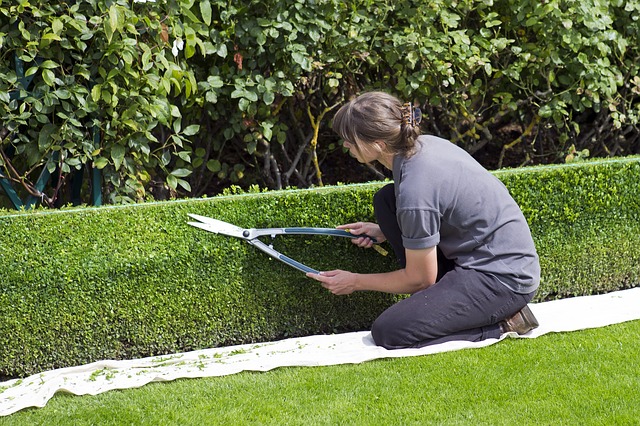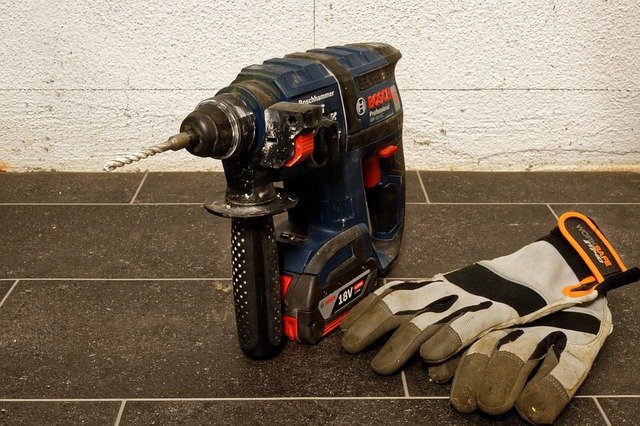This snippet has been taken from “Homeowner’s Complete Guide To The Chainsaw” By “Brian J. Ruth & Jen W. Ruth”. Chainsaw safety rules features built into the chainsaw, operators should also wear specific chainsaw safety clothing. “Tree Trimming Oakland CA” educates on these safety rules.
The Rules
I have a few safety rules that I always follow. There are only five of them. I agree that lists of rules are tedious and boring, but this is a chainsaw we’re talking about. Please read and think about these five rules.

- Rule No. 1: It’s smart, not wussy, to know your own limits and know when to call in a professional. The cost of the pro will always be less than the cost of an accident. A lot less.
- Rule No. 2: Do not work without personal protective equipment. Just don’t. Take the time to put it on especially when it is only a few cuts. If the weather is too hot for safety gear, it’s too hot for you to work. May be start again in the cool of the early morning.
- Rule No.3: Do not attempt anything that you aren’t sure about. You can always shut off the saw to plan the sequence of cuts and rehearse the moves. Make sure you understand when and where that heavy limb is liable to fall, and how you won’t be in this path.
- Rule No.4: Keep two hands on the handles of the running saw. If you need to use one hand for something else, first shut the saw off and put it down on the ground. You can’t cut your hands when they’re wrapped around the saw’s handle, and you’re much less likely to lose control of the saw.
- Rule No .5: Don’t climb in a tree if you can avoid it. If you do climb in a tree, do not take the chainsaw with you. A corollary to this rule is, do not use a chainsaw to cut over your head or while standing on a ladder.
Personal Protective Equipment
The greatest percentage of injuries is to the left leg and left hand. Chainsaw- proof gloves and leg protection will cut your risk by more than half. Even if you never cut your chaps, they can pay for themselves in the oily dirt and wear- and – tear they will save on your pants. A helmet with visor and face shield will help protect your face and head from the most disfiguring injuries and gives me a sense of security. Quality steel- toed chainsaw boots can last a lifetime.

The total cost of a safety package ($300-$400) can be more than the chainsaw, but it is cheap insurance: the medical costs of an average chainsaw accident, based on a 2000 study of insurance claims, was $12,000.
- Hardhat/ hearing protection/ mesh visor: $50
- Safety glasses: $5
- Leg protection: $ 60
- Work boots : $100
- Kevlar– padded work gloves: $25
- Upper- body protection (optional, but recommended): $100
These protective items dramatically reduce your risk of injury. Would you drive your car without wearing your seat belt? The same can be said of operating a chainsaw without the proper protective gear.
Have you ever seen a neighbor using a chainsaw in the backyard without chaps, helmet, or foot protection? It would be interesting to know how many emergency room visits were by chainsaw users wearing shorts and tennis shoes.
Personal protective equipment (PPE) is one area homeowners seem to ignore. Even if you follow all of the recommendations for safe cutting, and take every precaution, accidents do happen. Good equipment can protect you.
Continue reading on Why not artificial turf

